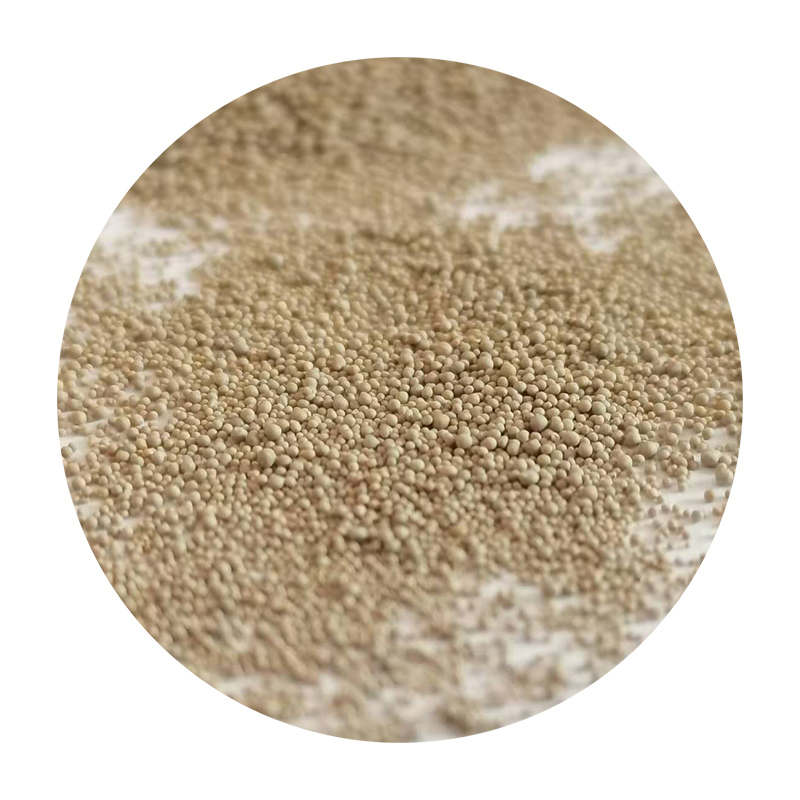How to Sand Ceramic A Step-by-Step Guide
Sanding ceramic surfaces can be a necessary task to achieve a smooth finish or to prepare the surface for glazing or painting. Whether you're working on tiles, pottery, or other ceramic items, knowing the proper techniques and tools can make the process easier and more effective. Here’s a detailed guide on how to sand ceramic effectively.
Understanding Ceramic Materials
Ceramics can be hard and brittle due to their composition, which often includes clays that are fired at high temperatures. This hardness requires specific sanding techniques and tools to avoid damaging the surface. It’s essential to understand the type of ceramic you are dealing with; for example, earthenware is softer compared to porcelain and stoneware.
Tools Needed for Sanding Ceramic
1. Sanding Blocks These hold sandpaper and provide stability. 2. Sandpaper Use various grits—start with a coarser grit (around 80-120) for heavy sanding and move to finer grits (up to 400-600) for smooth finishing. 3. Wet/Dry Sandpaper This is especially useful for ceramics as it reduces dust, keeps the surface cool, and minimizes the chances of cracking. 4. Dust Mask and Goggles Protect your lungs and eyes from dust particles. 5. Water For wet sanding, keeping the surface moist is crucial.
Step-by-Step Guide to Sanding Ceramic
1. Preparation - Start by cleaning the ceramic surface. Remove any dirt, grease, or old paint to ensure that you are sanding a clean surface. - Place the ceramic item on a stable surface to minimize movement while sanding.
how to sand ceramic

2. Choose the Right Sandpaper - For initial rough sanding, use a lower grit sandpaper (80 to 120 grit). If you’re working on a non-glazed surface, this is suitable to smooth out uneven spots. - For a smoother finish, follow up with finer sandpaper (220 to 400 grit).
3. Wet vs. Dry Sanding - Wet sanding is recommended for ceramics as it helps prevent dust and keeps the surface cool. To wet sand, dip the sandpaper in water and keep the surface damp while you sand. - If you choose dry sanding, ensure you are in a well-ventilated area and wear a dust mask.
4. Sanding Technique - Use a circular or back-and-forth motion during sanding, applying light but consistent pressure. Avoid pressing too hard, as this can lead to chipping or cracking the ceramic. - Focus on one section at a time and periodically check your progress. This way, you can ensure you’re not sanding too much in one area.
5. Finishing Touches - Once you achieve the desired smoothness, switch to finer sandpaper (400-600 grit) for the final finish. This step is crucial if you plan to glaze or paint the ceramic afterward. - After sanding, wipe down the surface with a damp cloth to remove any debris or dust.
6. Inspection - Examine the ceramic piece for any uneven areas you might have missed. If needed, repeat the sanding process in those areas.
7. Post-Sanding Care - To prepare for glazing or painting, make sure the ceramic is completely dry. If you’re applying a sealant, follow the manufacturer's instructions for the best results.
Conclusion
Sanding ceramic may seem daunting, but with the right tools and techniques, it can be a straightforward process. Remember to start with coarser grit and gradually move to finer grits, and always prioritize safety by wearing protective gear. With patience and practice, you will achieve a beautifully smooth ceramic surface that’s ready for its next stage, whether it’s glazing, painting, or simply ready to be displayed as-is. Happy sanding!
Post time:Rhag . 16, 2024 14:05
Next:Products Manufactured Through Sand Casting Techniques in Various Industries
